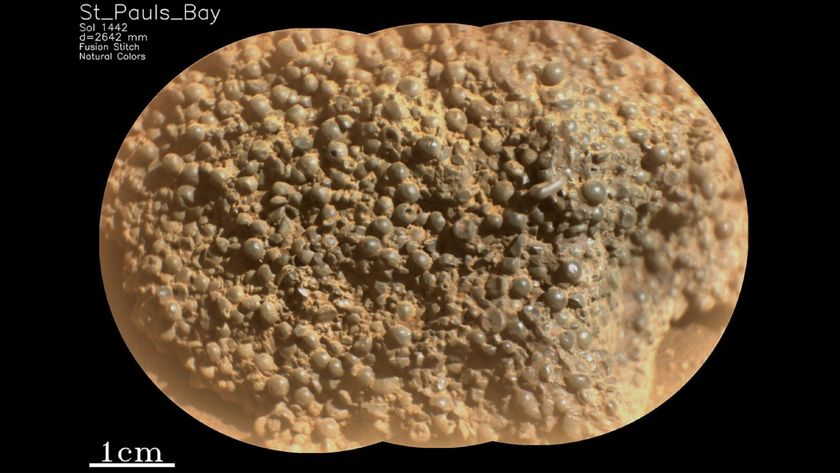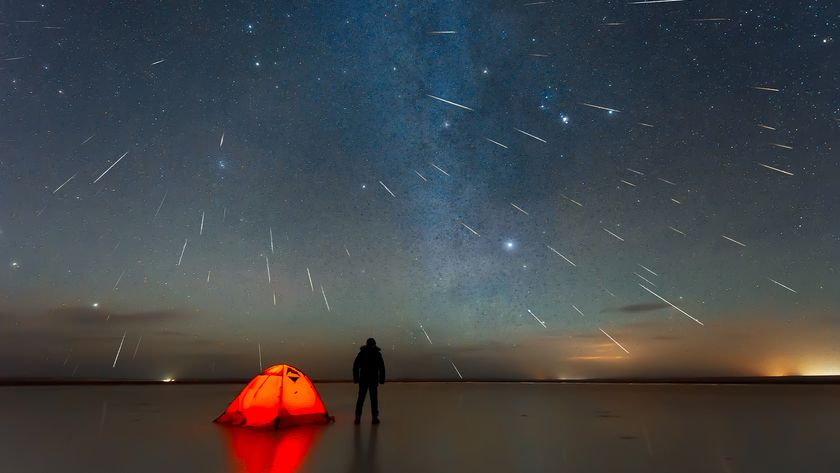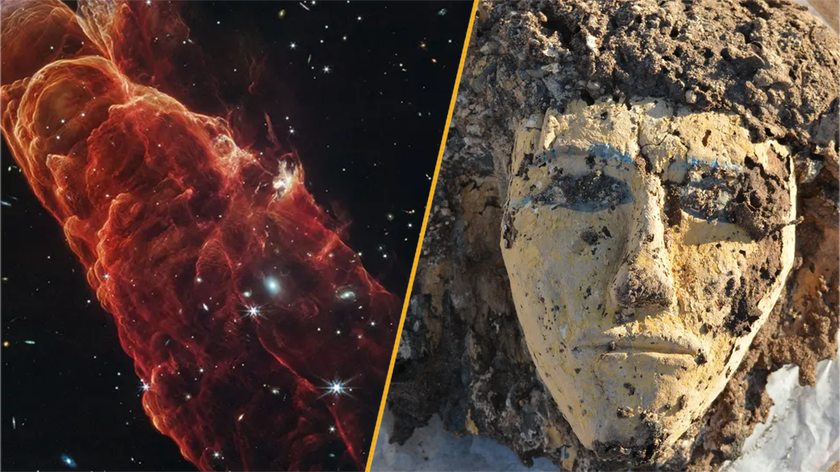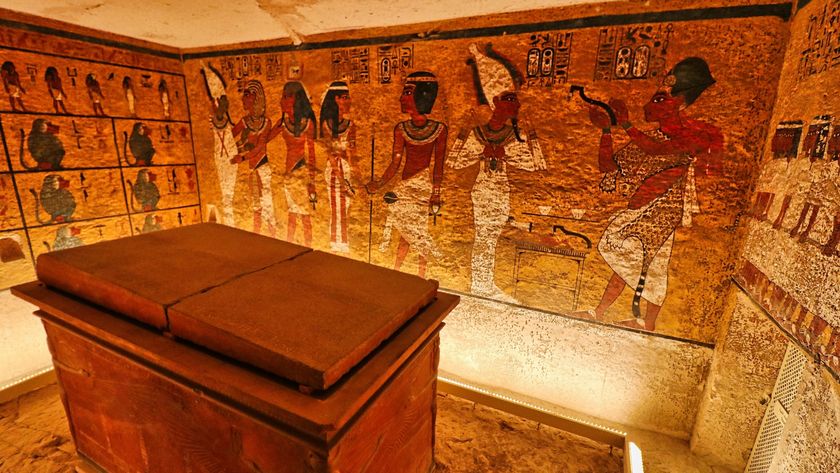
Rhino Mom and Calf Gain New Home in India
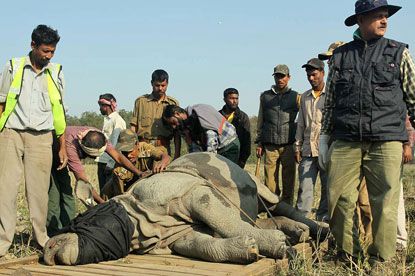
A rhino mother and calf were released into their new home at Manas National Park in India yesterday (Dec. 29), a move nearly a year in the making.
The female rhino and her calf were greeted with cheers and applause from the Indian Rhino Vision 2020 (IRV 2020) team of conservationists, local representatives, veterinarians and forest department officials as the rhinos arrived at the park in India's northeastern state of Assam.
The move was the second for IRV 2020 (the first took place in 2008 with two males). The translocations are part of an effort to increase the population of India's rhinos from around 2,000 to 3,000 by the year 2020, distributed over at least seven protected areas in Assam.
"The present rhino translocation is very important to initiate the next round of translocations in Assam, which has strengthened the confidence of all teams involved," said Dipankar Ghose of the conservation group WWF-India. "Given the excellent support received from the state Forest Department and the administration, this is also a landmark achievement for active management of species involving different stakeholders."
The greater one-horned rhinoceros is currently listed as a vulnerable species in the IUCN Red List. In the early 20th century, they were hunted close to extinction in the eastern Himalayas but recovered, thanks to strict protection measures. Over 90 percent of India's rhinos are concentrated in Assam's Kaziranga National Park, putting them at risk of an outbreak of disease or natural calamities like flooding and poaching.
Translocation is a conservation tool that can boost the overall numbers of a species by establishing populations that can grow in more than one area. This helps increase genetic diversity and safeguards populations from being wiped out.
But moving several thousand pounds of armor-plated animal is easier said than done. These rhinos have a fearsome temper and a surprisingly delicate constitution. A year of planning went into the translocation.
Sign up for the Live Science daily newsletter now
Get the world’s most fascinating discoveries delivered straight to your inbox.
The rhinos were moved from Pobitora Wildlife Sanctuary, also in Assam, to the Manas site. Their journey began a day earlier when the carefully selected rhinos were darted and tranquilized before being moved into individual crates loaded onto two separate trucks.
Under the careful supervision of veterinarians who monitored their health, and under tight security, the rhinos were driven through the night to the release site.
At dawn the next day, the crate doors were lifted and the rhinos made their first foray into Manas. The adult was fitted with a radio collar, and along with the juvenile, will be monitored through the next year by park staff, with support from the WWF.
Along with the four rhinos released there in the past two years, Manas has also received increased anti-poaching protection from IRV 2020 partners that includes 12 new camps, a new wireless network and two additional vehicles for monitoring and patrolling. More protection staff was hired, with 100 from the local community and members of India's civil defense organization, Home Guards.
This article was provided by OurAmazingPlanet, a sister site to LiveScience.

